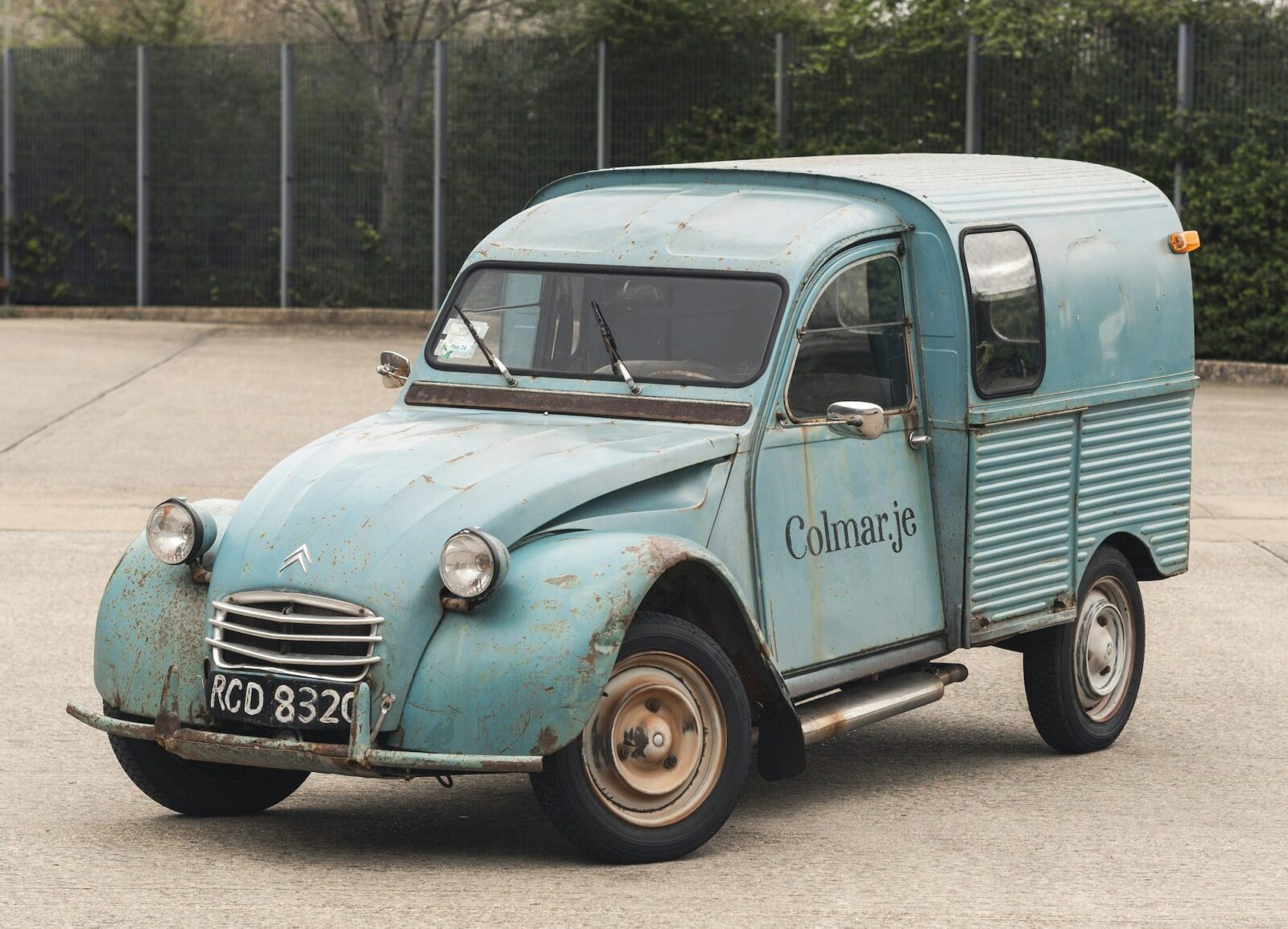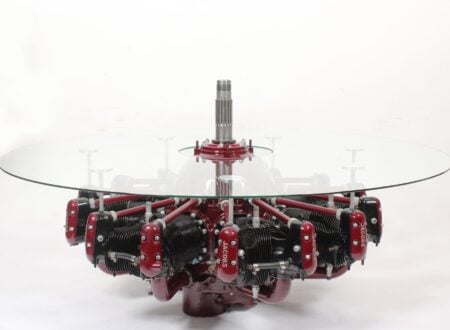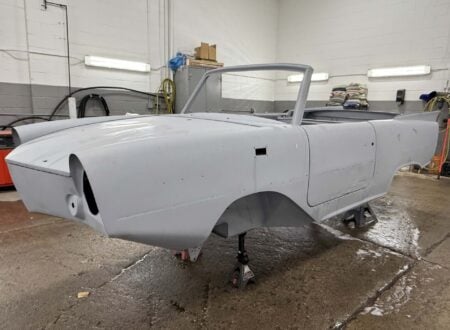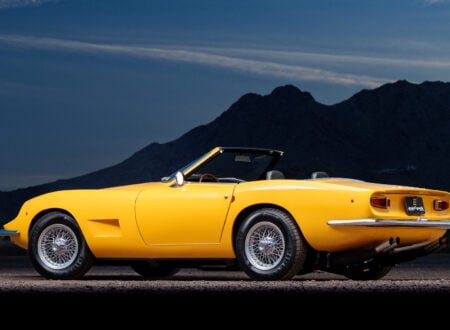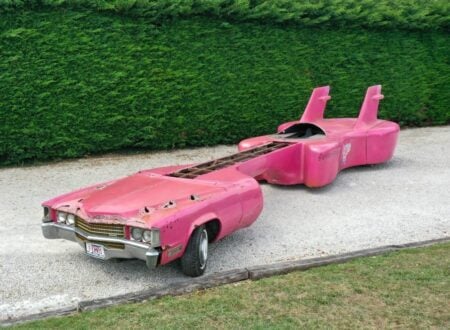This 1969 Citroën 2CV Van may look like a worn original example from the outside, but under the hood it’s hiding a BMW engine that produces over four times as much power as the original 602cc Citroën H2 motor.
The BMW engine in question is from the BMW R1100RT motorcycle, a 1085cc flat-twin that produces 90 bhp and 70 lb ft of torque. This engine swap has transformed the humble Citroën, making it far quicker than stock and more than capable of keeping up with modern traffic.
Fast Facts – A Citroën 2CV Van Sleeper
- The Citroën 2CV Fourgonnette Van, a derivative of the iconic 2CV, was an important vehicle for French tradespeople and farmers, and it played a significant role from its release in 1951. The 2CV was designed to be an affordable and durable vehicle, capable of handling the rough, unpaved roads of post-WWII France.
- The Citroën 2CV, introduced in 1948, was a highly influential vehicle in France, its unusual design criteria was for a car that could traverse a plowed field with a basket of eggs on the passenger seat without any of them breaking.
- The 2CV Fourgonnette shown in this article has been carefully rebuilt by marque specialists to retain its patina while hiding a vastly more powerful engine, uprated suspension, and improved brakes.
- Power is now provided by a BMW R1100RT motorcycle engine, a 1,085cc flat-twin that produces 90 bhp and 70 lb ft of torque – vastly more than the 18 bhp flat-twin engine originally installed by Citroën. This vehicle is now being offered for sale out of Berkshire in the United Kingdom.
The Citroën 2CV Van
The Citroën 2CV Fourgonnette Van was one of the primary workhorses of the French trades and transportation industries from the time of its release in 1951 until decades later when it was slowly replaced by more modern vehicles.
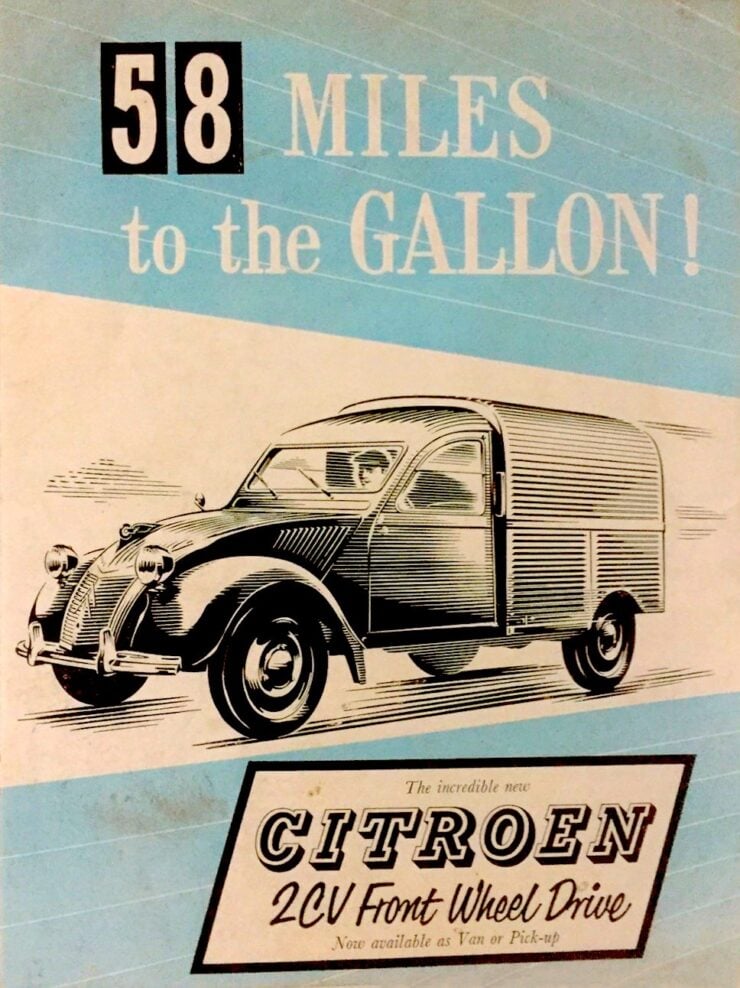

The car that the Fourgonnette is based on, the Citroën 2CV, is arguably the most important French vehicle of the immediate post-WWII period.
Along with other affordable, blue-collar European vehicles like the Volkswagen Beetle, the Morris Minor, and the Fiat 500, the 2CV was designed to provide low-cost automobile ownership to a general public still financially ravaged by the conflict.
The development criteria of the 2CV famously called for a vehicle that could “cross a freshly ploughed field with a basket full of eggs on the passenger’s seat without breaking them.” This may seem like an odd starting point for a vehicle, but it’s important to note that most roads in France were unpaved at the time, and so almost every drive would be off-road more than it would be on.
The 2CV featured body-on-frame construction, with a steel body that had a fold back canvas top which allowed the transportation of irregular-sized loads. Power was provided by a front-mounted , air-cooled, flat-twin which powered the front wheels. The name 2CV comes from the French name “Deux Chevaux” meaning two (taxable) horsepower.
Citroën would keep the 2CV in production from 1948 until 1990, an extraordinary 42 year run, with over 3.8 million made in total with that number skyrocketing to over 9 million units when you include the derivative models like the Fourgonnette van, the Ami, the Dyane, the Acadiane, and the Mehari.
The Citroën 2CV Fourgonnette Van was built on the 2CV chassis but included a corrugated or partially corrugated cargo section on the back. One version of the van, called The Weekender, had a removable rear seat and side windows that allowed farmers and tradesmen to convert the van for family transportation duties on the weekends.
The BMW R1100RT Engine
The BMW R1100RT made its debut in 1996 as the successor to the R100RT. Developed as a touring motorcycle, the R1100RT was given a full aerodynamic fairing, a windscreen, optional side panniers, seating for two, and a rear luggage rack.


Power was provided by a 1085cc flat-twin producing 90 bhp and 70 lb ft of torque, all sent to the rear wheel via a 5-speed manual transmission and a shaft final drive. These engines are known for their torque which kicks in low in the rev-range, and for their longevity – frequently lasting well into six figure milage with only factory-specified servicing and maintenance.
The BMW-Powered Citroën Sleeper Shown Here
The Citroën 2CV Fourgonnette you see here has been carefully rebuilt by highly-respected 2CV specialist and race team member, Rick Pembro. The goal of the build was to preserve the patina of the vehicle, while completely upgrading it from the chassis on up for vastly better performance.
The build began with the sourcing of a new chassis from Ken Hanna which was then modified to accept the larger BMW R1100RT engine up front.
The steel body was removed and sent to 2CV specialist Citwins, once there it was given new galvanized steel floorpans, as well as new lower and upper bulkheads, a new lower screen area, new sills and a new rear lower end panel. These panels were all then aged to maintain the patina of the rest of the vehicle.
An oil-cooling system was then fitted for the new engine, along with an improvised Stella Artois beer oil catch can, uprated fuel pumps, bespoke throttle body mountings, custom-made headers, and a stainless steel exhaust system.
In order to better handle the new and significantly increased power output, the 2CV was fitted with new shock absorbers, new bearings, uprated springs for the side canisters, and new bushings. The steering rack was then rebuilt, the brakes were given racing-specification pads, and the 4-speed gearbox was rebuilt with a lightened and balanced flywheel.
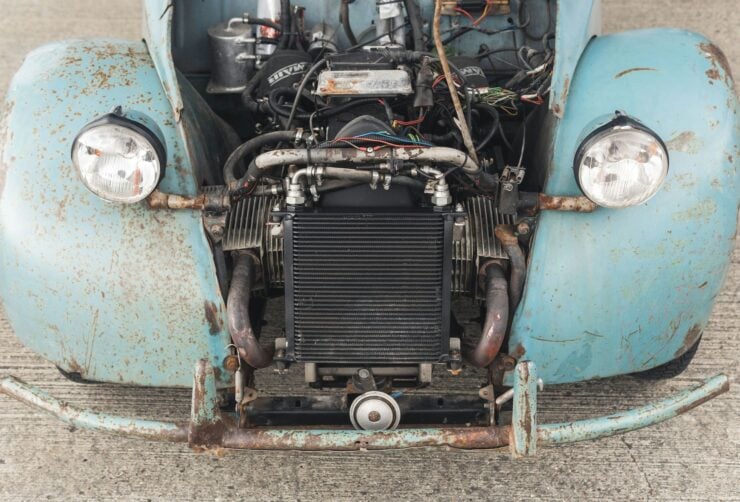

The completed vehicle is now undoubtably one of the fastest Citroën 2CV Fourgonnettes anywhere in the world, and thanks to the retained patina it looks original, meaning it’ll surprise plenty with its performance – 90 bhp may not sound like much, but the vehicle only weighs approximately 600 kgs or 1,323 lbs.
The van is now being offered for sale on Collecting Cars out of Berkshire in the United Kingdom with 7,198 miles on the odometer. If you’d like to read more about it or register to bid you can visit the listing here.
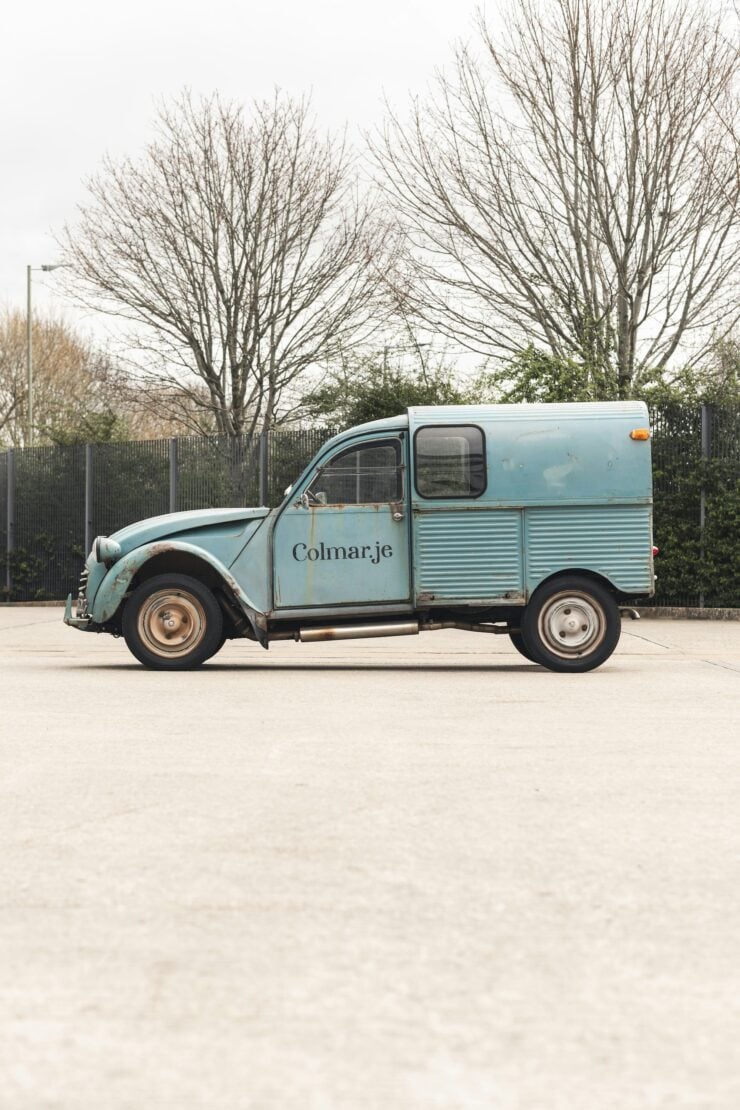
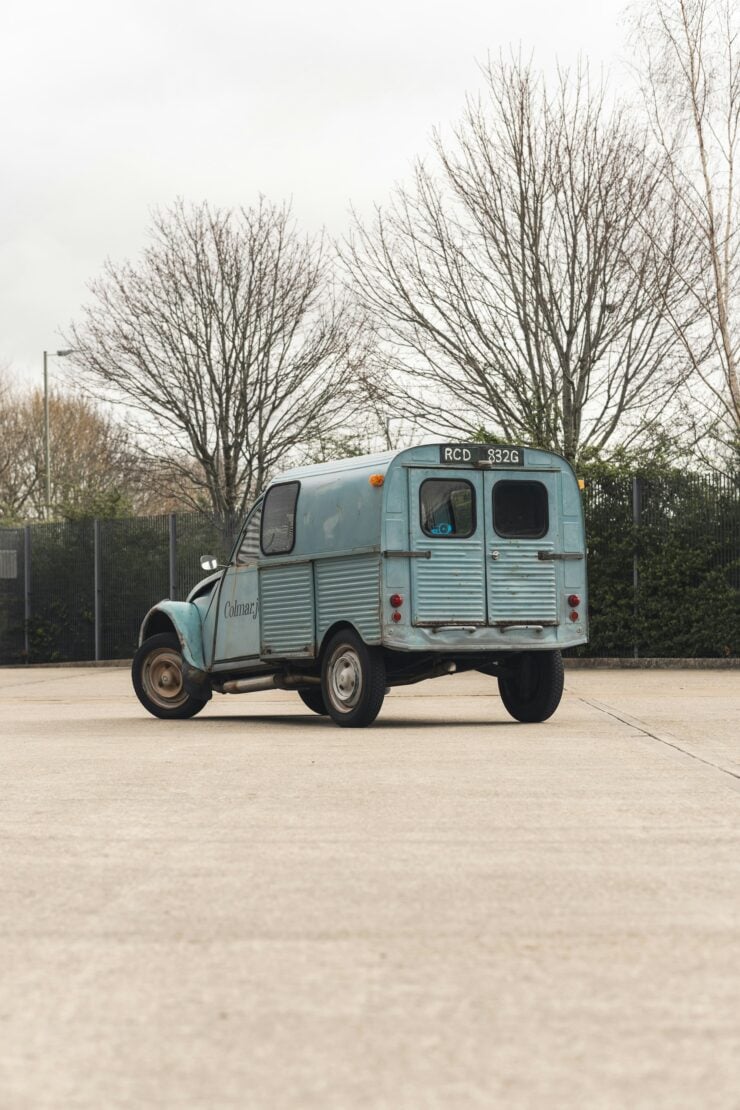
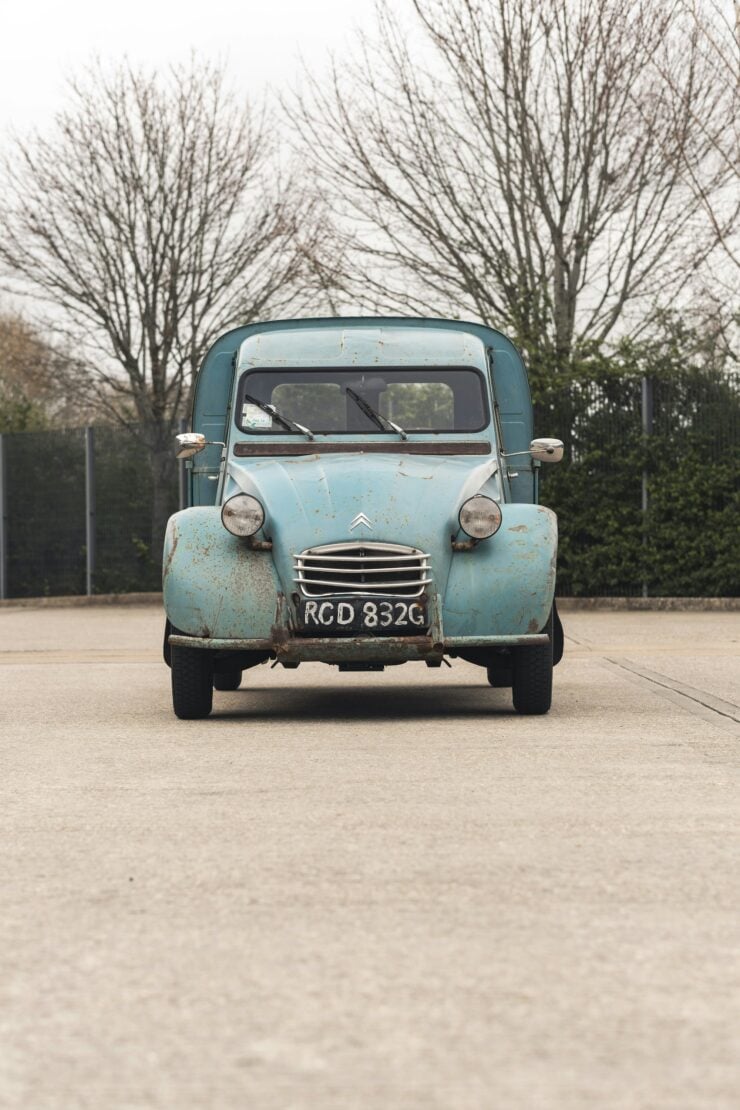
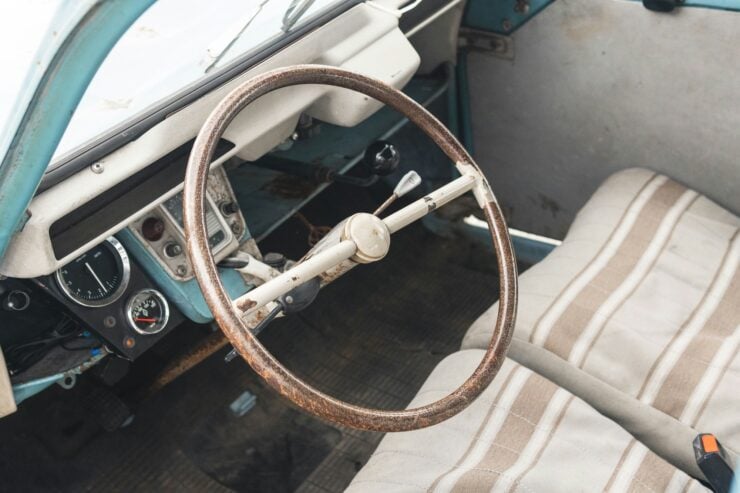
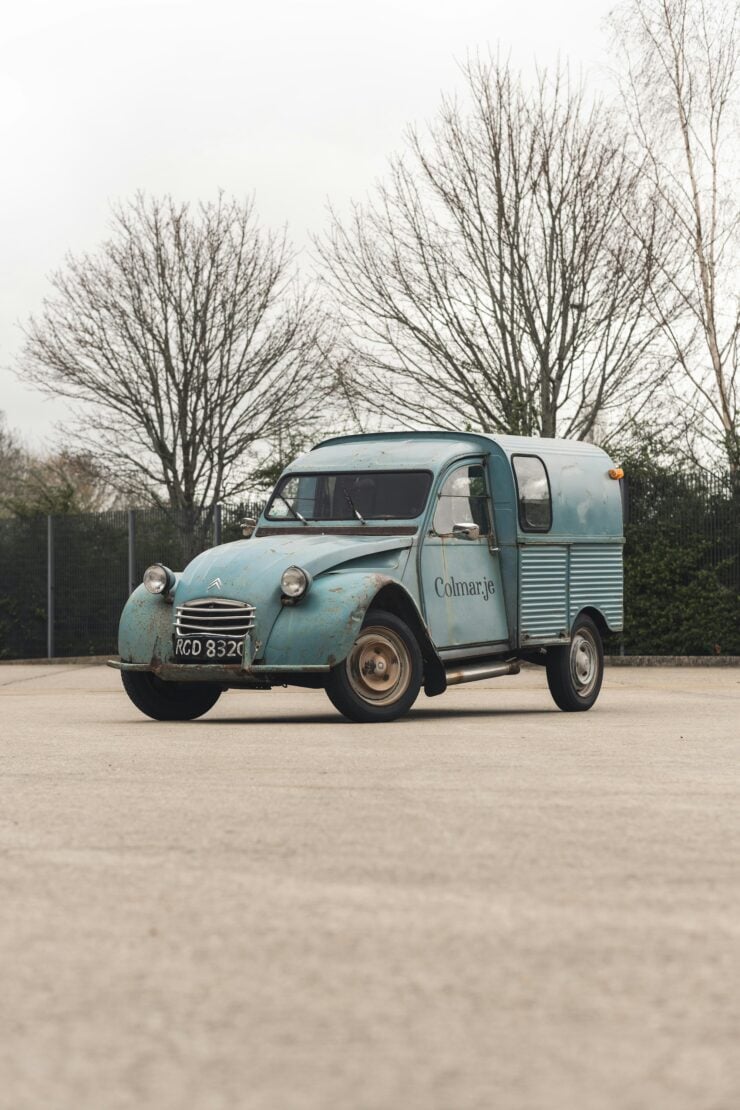
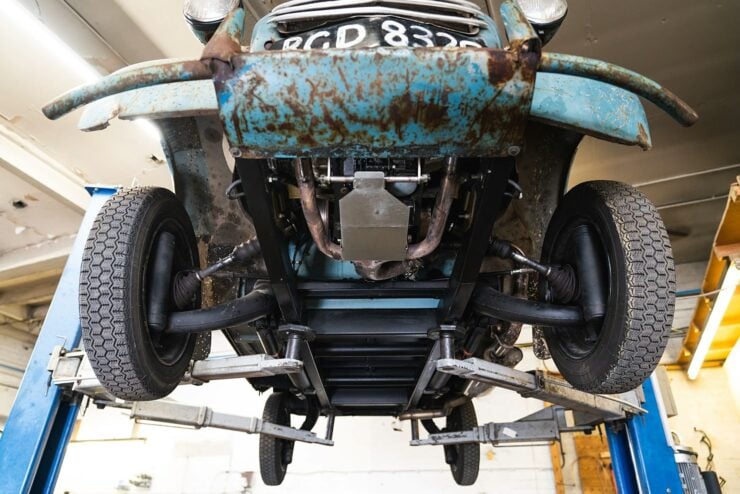
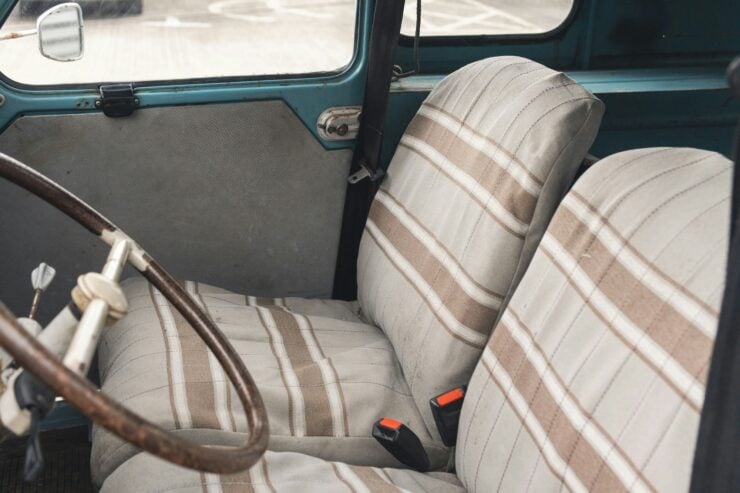
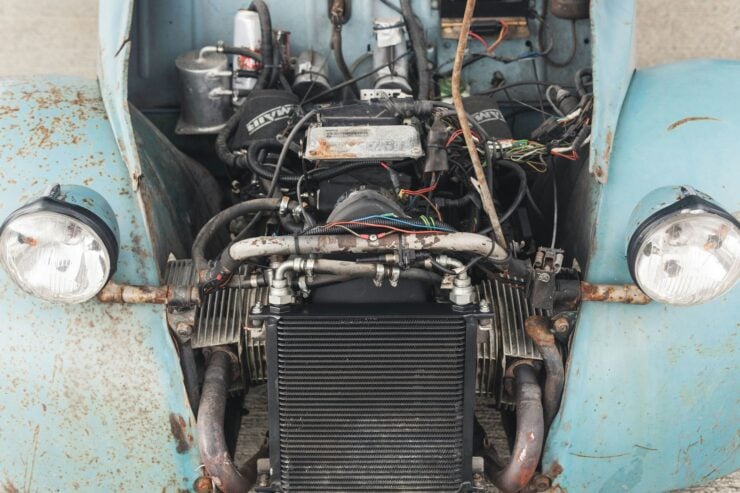
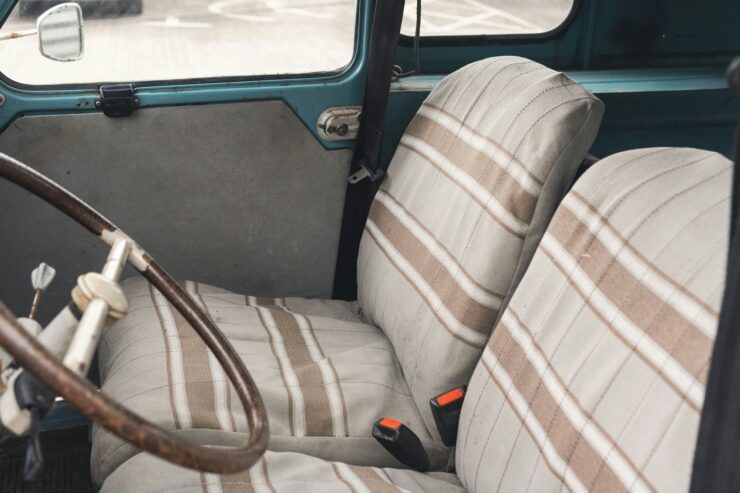
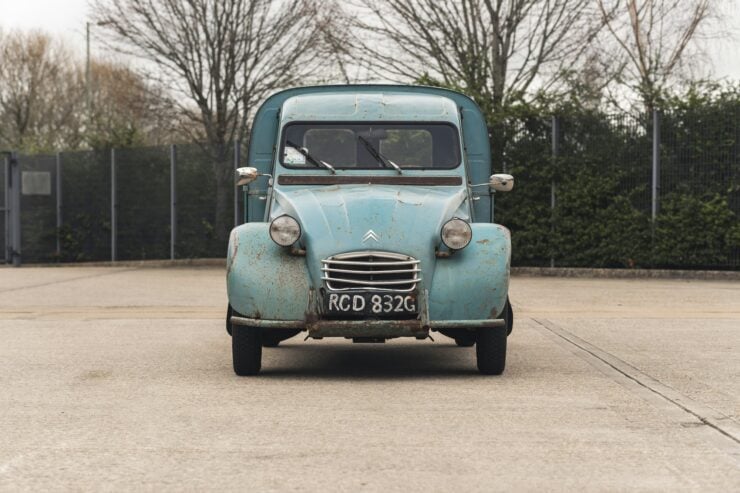
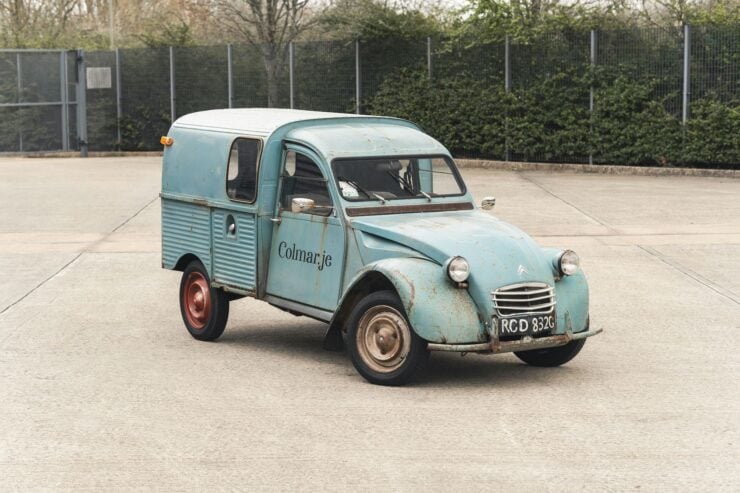
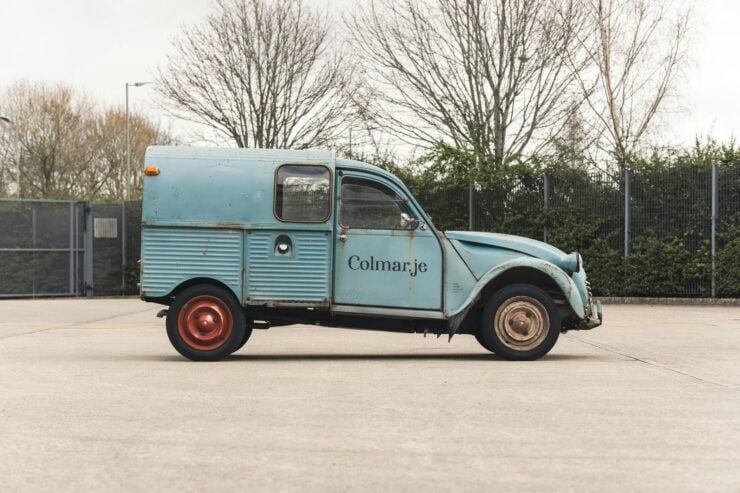
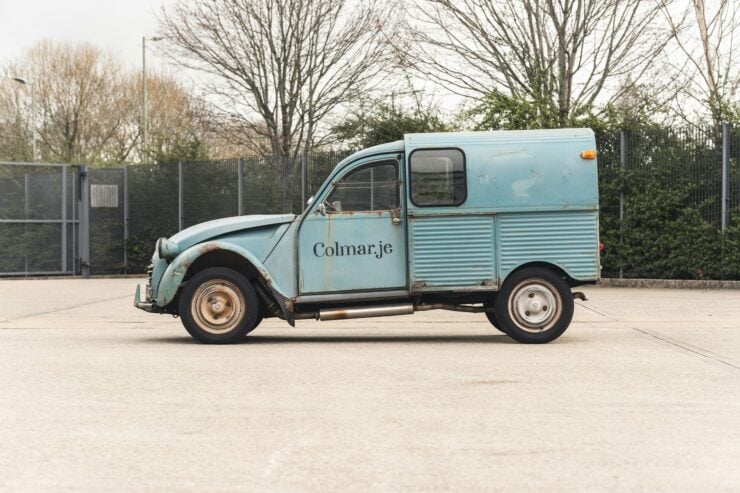
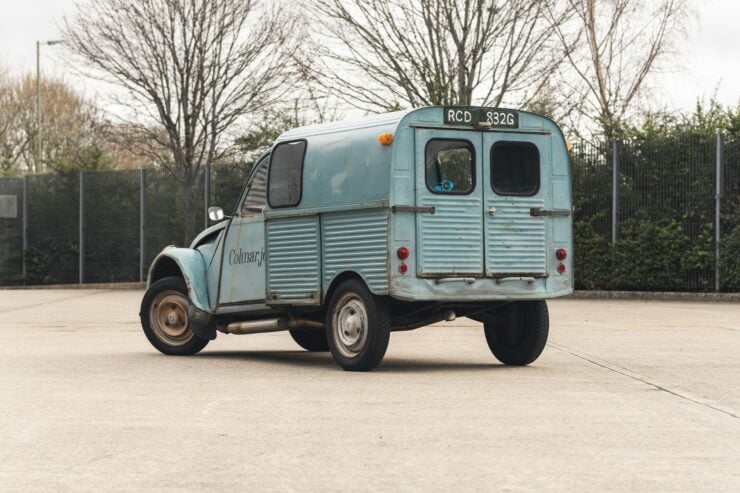
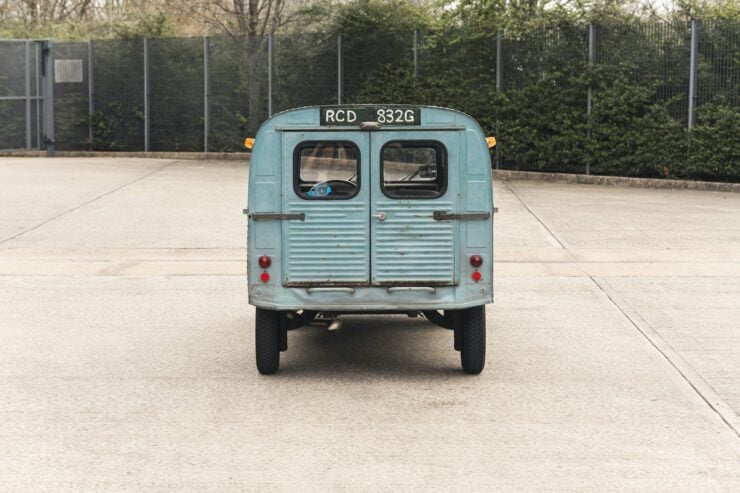
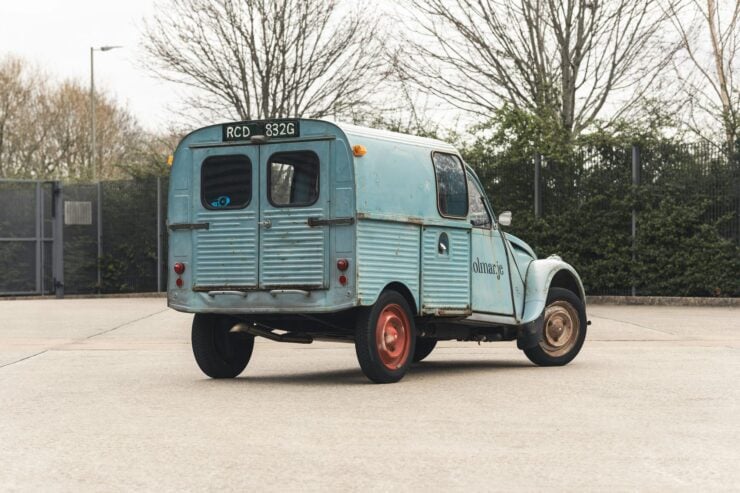
Images courtesy of Collecting Cars

